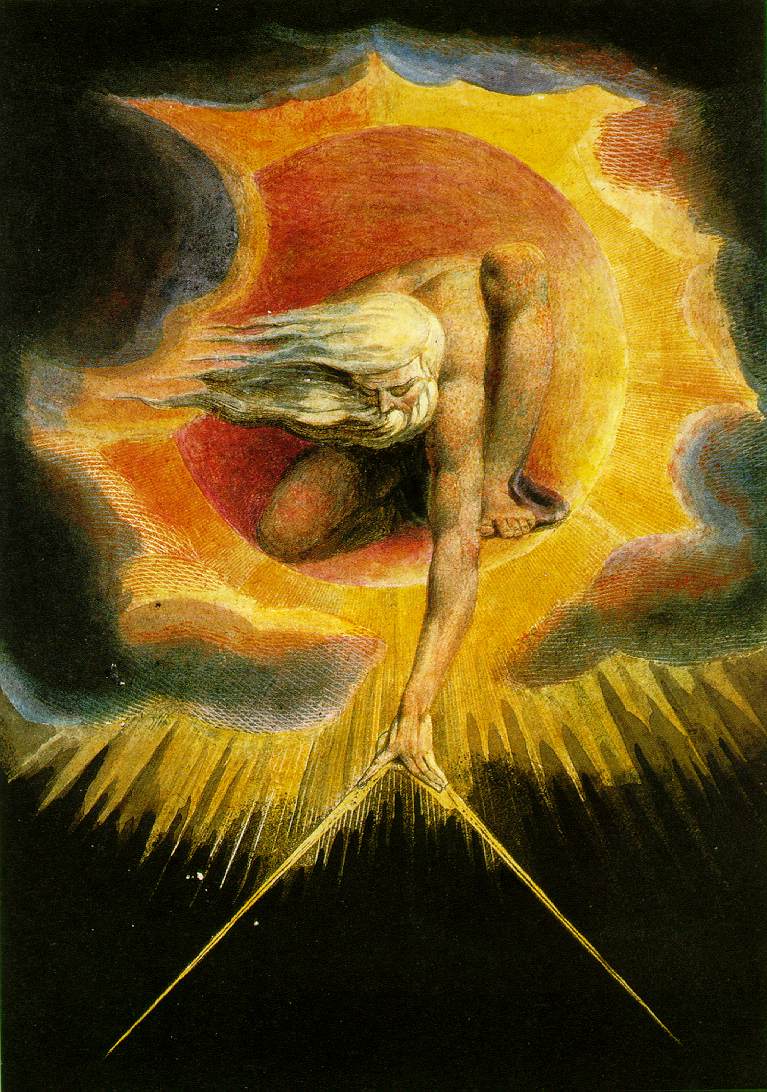While Christmas is celebrated globally, throughout history, various nations and regions have banned Christmas celebrations for religious, political, or ideological reasons.
These bans ranged from 17th-century religious reformations to 20th-century state-sponsored atheism.
Even today, in 2025, there are nations that maintain strict bans or significant restrictions on Christmas celebrations.
A 1931 edition of the Soviet magazine Bezbozhnik, published by the League of Militant Atheists, depicting an Orthodox Christian priest being forbidden to take home a tree for the celebration of Christmastide, which was banned under the Marxist-Leninist doctrine of state atheism.















.jpg)
.jpg)